Juniper "Blue alps": description, recommendations for cultivation and reproduction
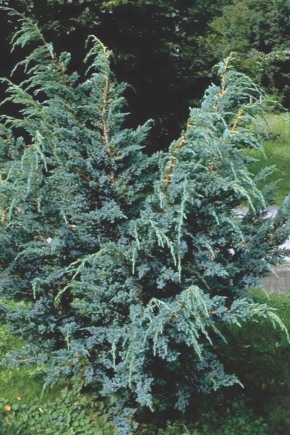
A personal plot is a place where everything should be pleasing to the eye, therefore it is so important to choose flowers, greenery, shrubs that will look harmonious in landscape design. At the same time, the complexity of planting, unpretentiousness in care is important, since it is not always possible to pay increased attention to the garden. Chinese juniper "Blue Alps" is suitable for absolutely all parameters. This plant is very aesthetically pleasing, unpretentious and looks good in the landscape.
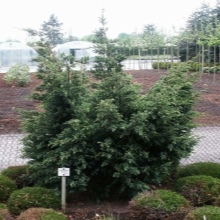
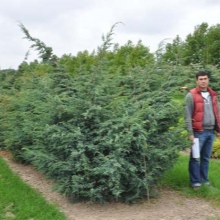
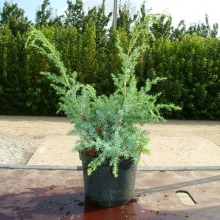
Description
This plant belongs to the evergreen conifers of the Cypress family. It is often called heres, and it can be both dioecious and monoecious. The tree has a long lifespan - up to 600 years. It tolerates drought well, loves sunlight. Outwardly, a shrub, or a tree of this species, looks very interesting:
- the plant is compact and neat;
- the needles have an emerald hue and an unusual texture;
- cones are darkish, with a light bloom, reminiscent of snow;
- foliage of the opposite or annular type;
- annelids have three needle-shaped leaves at each tip;
- the opposite grow to the branches;
- a male cone is located at the top of a shortened lateral-type branch, it looks like a ball, but it can also have an elongated shape;
- a female cone is placed at the top of the branch;
- the plant has a pronounced pleasant aroma with antiseptic properties - insects do not like it.
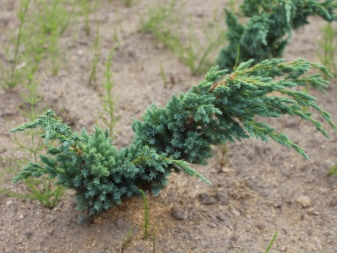

Landing
Junipers are often planted singly and in groups and are suitable for lawns, sloping surfaces, slopes, heather and Japanese gardens. If you remove "Blue Alps" from seeds, then it will take time from 1 to 3 years to get germination. Remember first of all that the seedling should grow in an area that does not lack sunlight. In a shady place, the decorative properties of the plant will decrease significantly.
It is also necessary to ensure that the distance between the seedlings is at least half a meter.
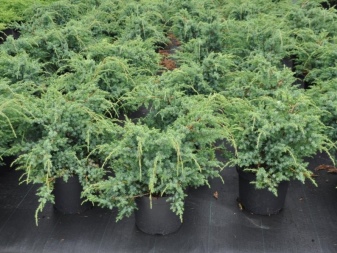
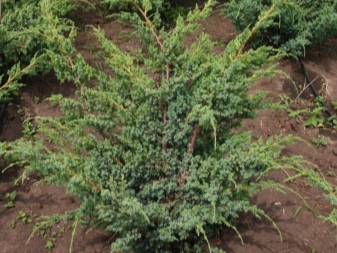
Algorithm and rules for disembarkation:
- planting depth should be about 70 cm;
- drainage at the bottom of the hole is a prerequisite if the region is with a rainy climate;
- use pebbles, pieces of brick, sand, fragments of ceramics as drainage;
- the drainage layer should not be less than 15 cm;
- the neck of the root should exceed the edge of the pit by about 7-8 cm;
- ideally, seedlings are used, the root system of which is closed - they are less whimsical and more robust;
- an open root system requires planting in the last week of April or in the first week of May, in not too wet soil, after treatment with root stimulants;
- closed roots allow planting at any time of the season; before this procedure, the soil on the roots should be moistened for 2 hours;
- the soil for planting can be any, ideally it should be a soil mixture consisting of a part of sod-type land, part of sand and 2 parts of peat;
- the optimal level of soil acidity is up to 7 pH.

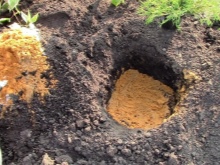
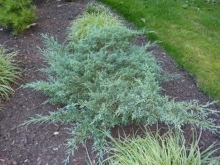
Reproduction
Blue Alps is propagated by different methods, the most popular is cuttings, but the seed method is also allowed.
- Cuttings. These activities begin as soon as the kidneys appear. It is necessary to separate the shoots at least 10 cm, including the "heel". Then the treatment is carried out with means that stimulate bark growth, and the cutting is transplanted into a soil mixture of equal parts of sand, needles and black soil.The bottom of the container requires a drainage layer of about 10 cm. The cuttings are lowered into the ground by 2 cm, before that the soil is moistened.
The arrangement of the greenhouse is optimal, but regular watering and ventilation is necessary in any case. After about 60 days, roots appear.
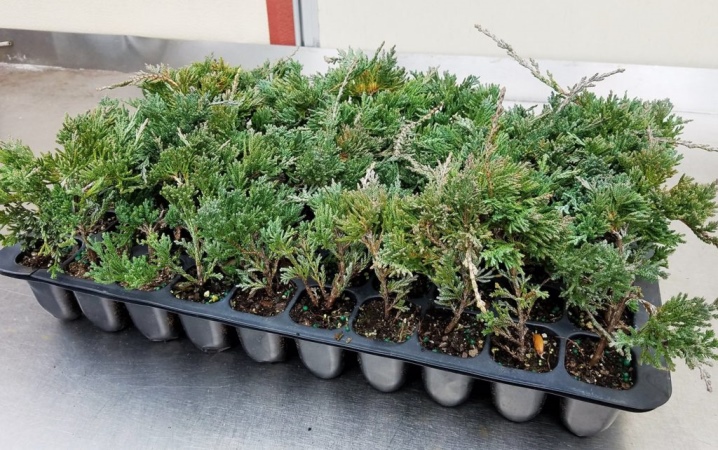
- Seeds. With this method, it is not always possible to preserve the characteristics of the variety, in addition, the risk of non-emergence is quite large. It is necessary to carry out stratification, that is, disinfect the seeds, and plant them in a soil mixture, made similar to the method with cuttings. After 1 year, the first shoots may appear. After 3 years, they can be transplanted into the ground. There is another way - immediately after harvesting, the seeds are sown into the soil. Before sowing, they must be kept in concentrated sulfuric acid.
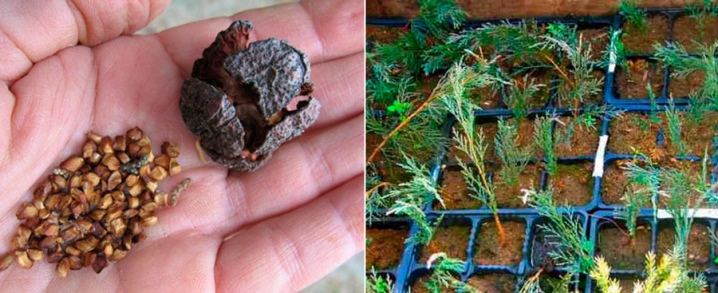
Care
Despite the relative unpretentiousness, the juniper of this variety requires regular maintenance. Blue Alps is moistened occasionally and only during periods of drought. Watering is carried out no more than 3 times during the season. Normal volumes are 10 to 30 liters for an adult tree. In the evening, once a week, the plant is sprayed with water, since dry air is not very good for Blue Alps.
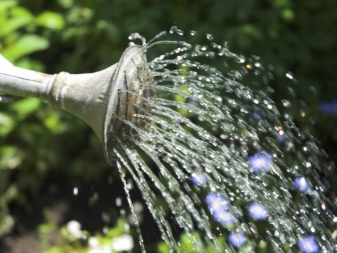
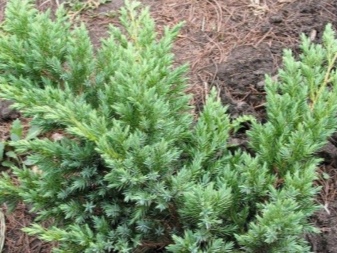
Until the plant has reached maturity, it is necessary to thoroughly loosen the soil under it after moistening. These measures require accuracy, it is impossible to penetrate deeply into the soil, otherwise the root system can be damaged. Also, after planting, the soil is mulched with a layer of 5 to 8 cm using:
- shells of pine nuts;
- chips;
- bark;
- peat;
- shavings.
The same procedure must be repeated before the perennial wintering. In the spring, the mulch is removed so that the roots do not rot.
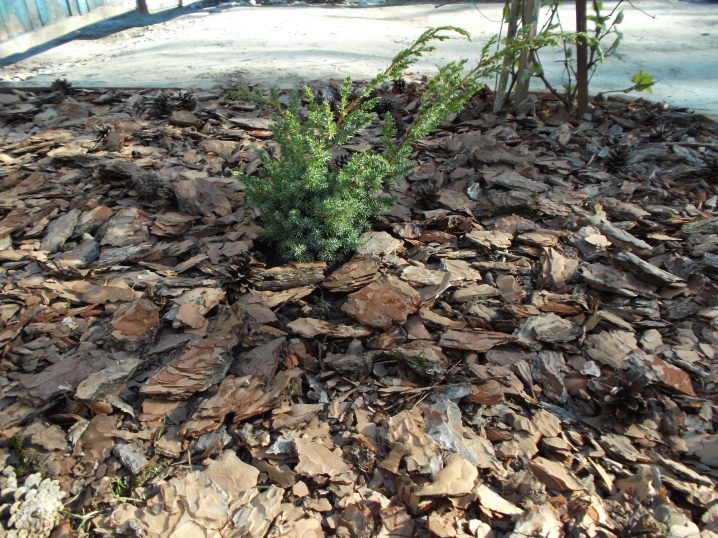
Pruning
Junipers are slow-growing trees and shrubs, so you need to be very careful when pruning them. Dry branches are removed throughout the year. It is recommended to use well-sharpened trimming tools. This process contributes to the formation of a dense and beautiful crown. The first time the plant is pruned at the initial stage of active growth. This can be done in March or April, when the temperature rises above +4 C.
The second pruning is carried out in late summer or early autumn, so that by the onset of cold weather, the bark has already covered the sections. The crown is formed in the form of a ball or an oval - at will.
More than a third of the increment cannot be removed every year. If you neglect this rule, then the plant can weaken and undergo diseases.
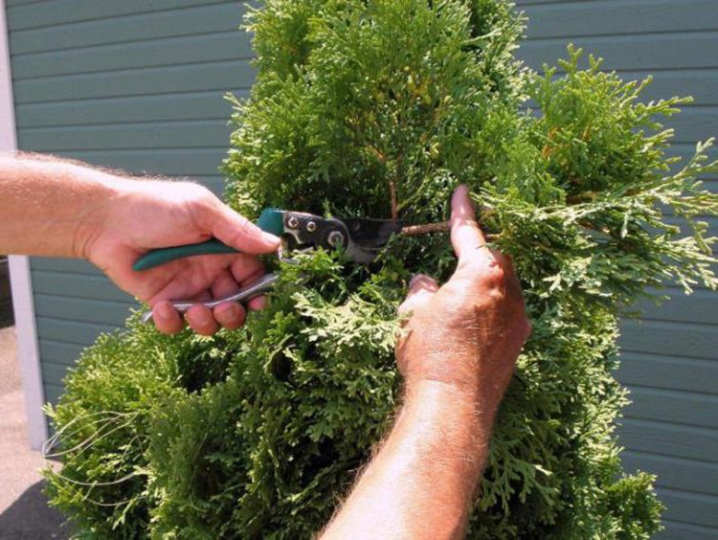
Diseases and pests
Chinese juniper, despite its good immunity, is not able to resist some serious diseases. Most often it is rust. Among insects, it is necessary to be wary of aphids, moths, spider mites, and scale insects. First of all, you need to remember that disease prevention is much less costly than treatment.
Moreover, in some cases, treatment is useless. Therefore, it is so important to ensure regular preventive measures.
Means that will help in the fight against pests and diseases:
- Fitoverm perfectly fights against aphids, if treated with a solution - 4 grams per 2 liters of water every 2 weeks or a little more often;
- "Decis" cope with moth attacks if spraying every 10 days with a solution of 1.25 g per 5 liters of water;
- "Karate" will help eliminate spider mites, you will need a solution in proportions - 25 g per 5 liters of liquid and regular treatment;
- "Karbofos" it is used to destroy the scabbard, a solution of 140 g of the drug is used for 20 liters of water;
- rust will help to defeat arceride solution - 25 g of substance per 5 liters of liquid, spray the plant with it once every 1-2 weeks.
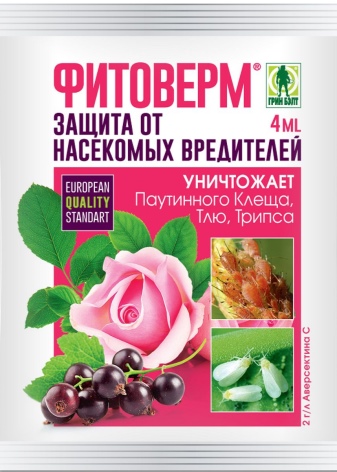
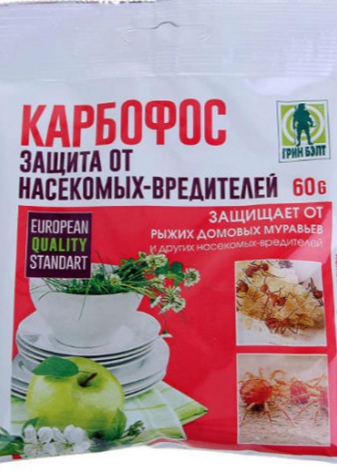
Top dressing and fertilizers
While the plant is growing and developing, it is fed once a year. Only the first year after disembarkation is skipped. Mature trees and shrubs require feeding no more than once every 2 years.
- Organic fertilizers they are used even during planting, when peat and turf are poured into the pit. In no case should you feed with mullein, bird droppings. Manure can be fed in the spring, but very rarely. Optimal organic feed for juniper is a diluted vermicompost mixture.
- Mineral fertilizers can also be laid in recesses for planting, for example, nitroammofosk, which subsequently feeds a young seedling. Closer to autumn, you can fertilize the soil with complexes containing magnesium.
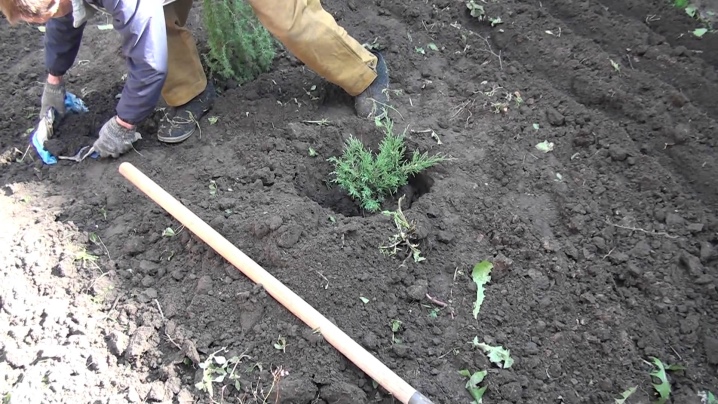
It is best to use complex formulations as fertilizer, they are balanced and will not harm the plant if the instructions are followed. The most common:
- "Khvoinka";
- Kemira-M;
- Green Needle;
- "Universal fertile fertilizer".
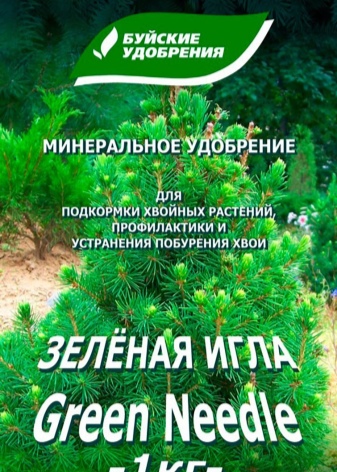
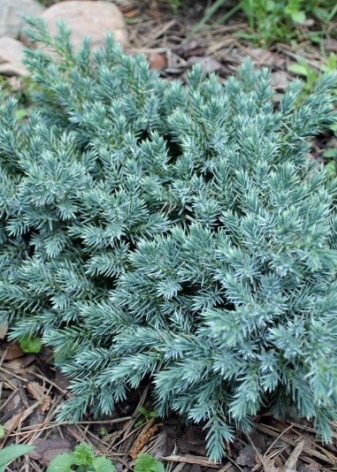
Examples in landscape design
This plant looks luxurious both in a single planting option and in a company with other conifers.
- Juniper looks very beautiful in tandem with flower beds, flowering shrubs.
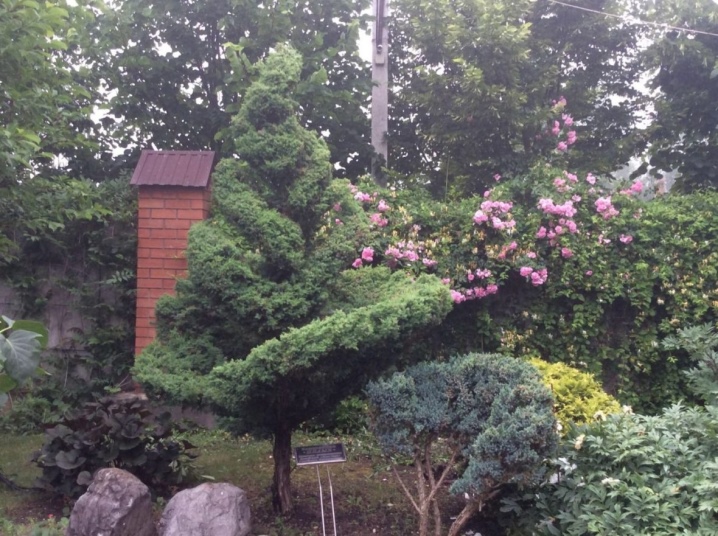
- Juniper is an excellent decoration for the lawn in the local area.
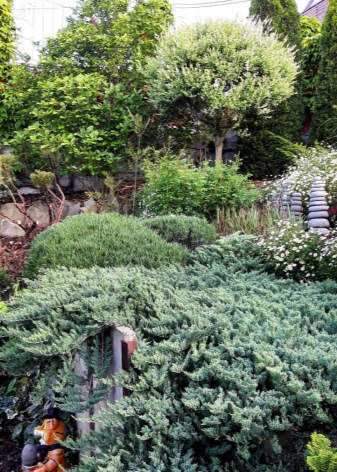

- The formation of the crown can be quite varied.
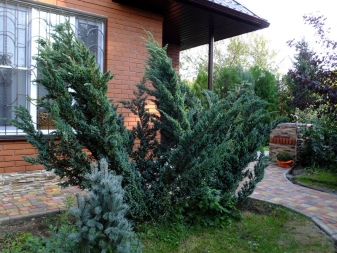
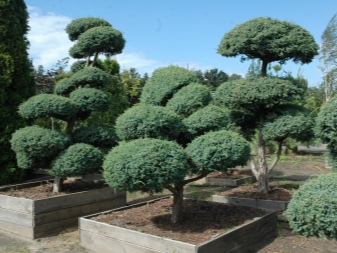
- Low-growing plants frame the juniper very advantageously.
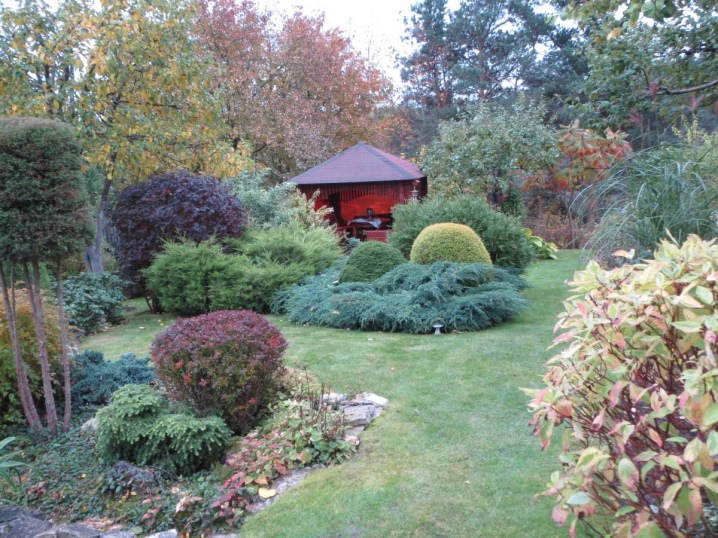
For more information on Blue Alps juniper, see the next video.



































































The comment was sent successfully.